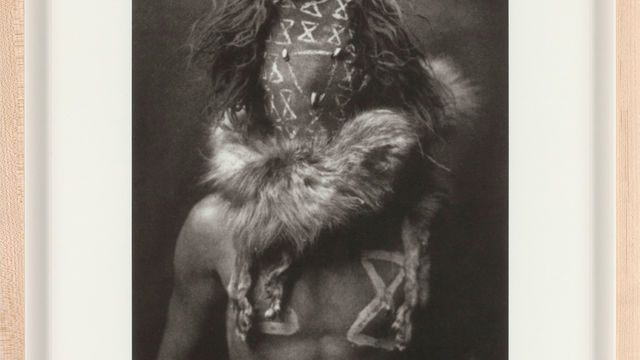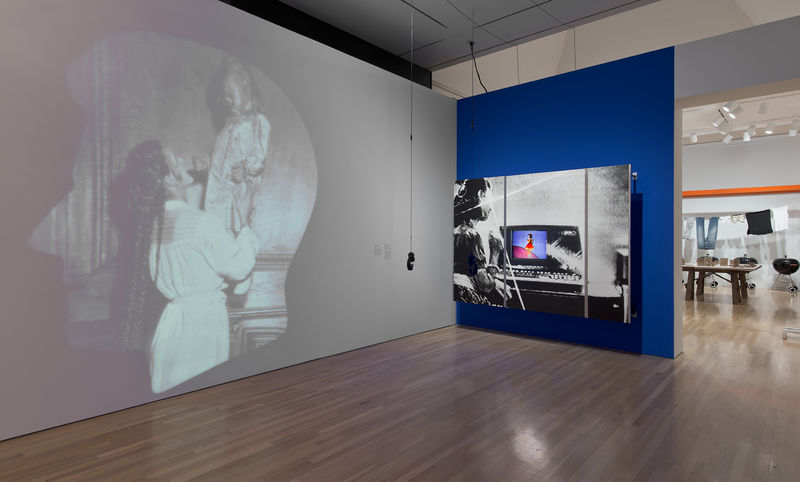
Sherrie Levine
Begun in the late 1970s, Sherrie Levine's various After series challenge notions of authorship and originality by directly borrowing and then recontextualizing iconic works of art and documentary photography. While works like After Edward Weston (1979) and After Walker Evans: 1–22 (1981) ask us to consider anew works of art made decades earlier, they also question the role of photography and reproduction within a context that continues to privilege unique objects. After Edward Curtis: 1–5 (2005) is a series of five black-and-white photographs of works by the nineteenth-century ethnographic photographer Edward Sheriff Curtis (1868–1952). Renowned for his work documenting the lives of Native Americans, Curtis became a leading expert on Native American cultures during his lifetime. Commissioned to make a record of the rapidly changing and diminishing native population, Curtis spent more than two decades traveling and photographing various western tribes, putting together a team of colleagues who also recorded the tribes' languages and music and wrote accounts of many aspects of their lives, including their foods and their ritual costumes. Curtis eventually took more than forty thousand photographs and visited eighty different tribes. Like other fieldwork within the discipline of anthropology and the genre of documentary photography, Curtis's work was controversial. He was accused of reinforcing stereotypes and for acting as a mere witness rather than as an activist for oppressed peoples. By placing these portraits in front of us again, Levine's After Edward Curtis: 1–5 suggests that we consider how we know what we know, what the agendas and biases of artists and documentarians may be, and whether we can trust photographs to tell the complete and true story of their subjects.
In a series of early slide projections and prints, Levine combined silhouettes of famous American leaders with images of female models from women's magazines, juxtaposing simplified renderings of well-known men with detailed photographs of essentially anonymous women. Presidential Profile (1978) features the head of John F. Kennedy. Like a nineteenth-century silhouette, the form is represented in profile, but rather than being solid black like the shadow of a figure, the outline of Kennedy's profile is filled in with a black-and-white photograph of a woman holding a little girl aloft. The Presidential Profiles series succinctly performs a literal face-off, in which gendered modes of representation stand in stark opposition to each other, even while working to create a single—if strange—image.

The fact that most of the works that Levine appropriates are made by men suggests that she is interested not only in the ways in which we understand images and the degree to which photography influences our understanding of the world but also in who is telling the story and how the story is told. Like that of many of the artists in Take It or Leave It, Levine's work directly questions the subjectivity of authorship and, because most of her photographic appropriations take up works by male artists in the same medium as the original work, asks us to consider gender bias as a factor in the act of representation. In Steer Skull, Horned, Levine enacts a removal and a translation, literally adding dimension to an excised image that is iconic while also remaining relatively marginalized as a result of the artist's gender. As the lover and eventually the wife of the gallery owner and photographer Alfred Stieglitz, O'Keeffe herself was the frequent object of a male photographer's gaze, and Levine's gesture of gilding the lily seems to point to O'Keeffe as a rare example of a female figure who was able to play the role of both subject and object at a high level.
—Corrina Peipon


